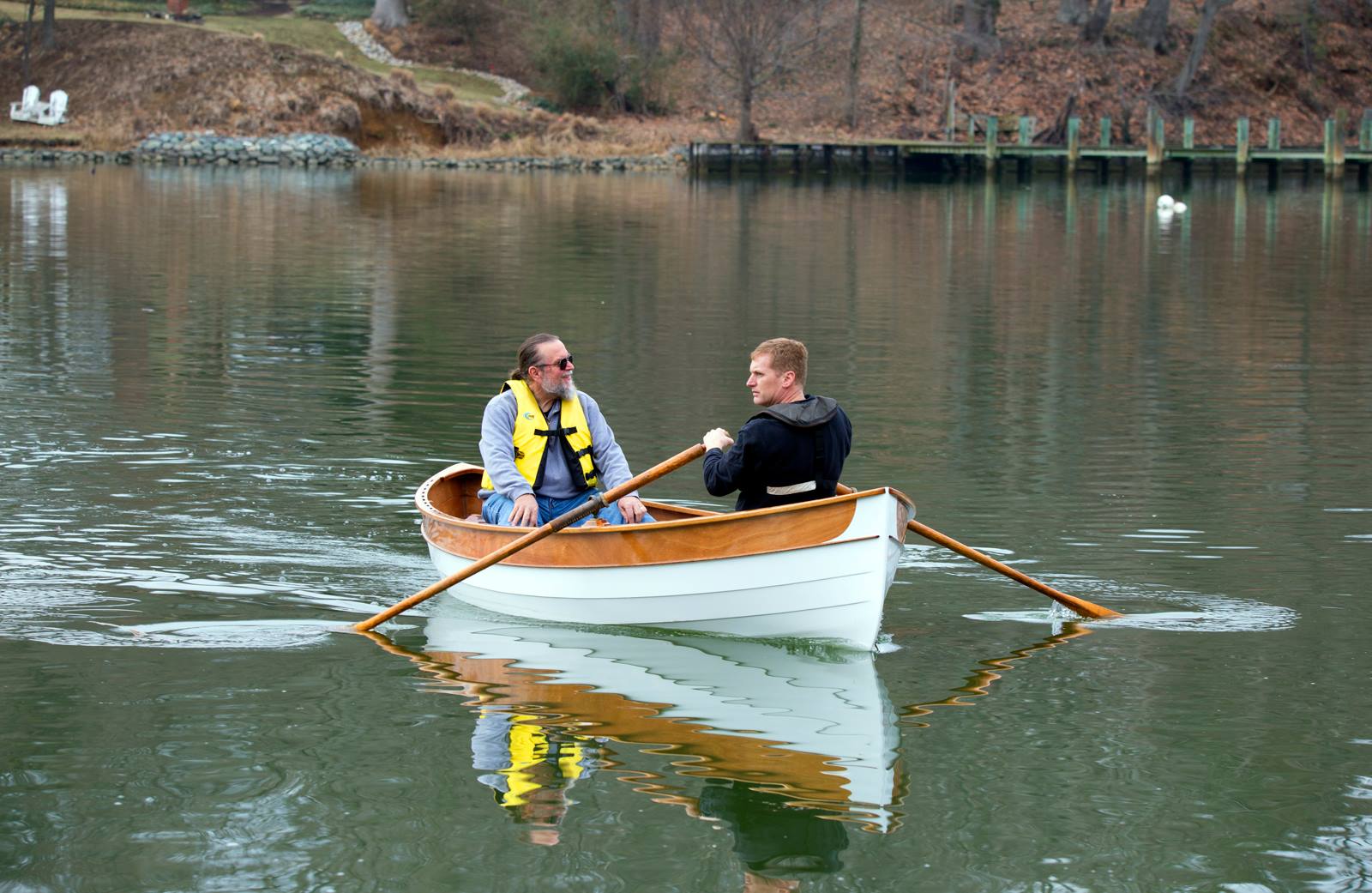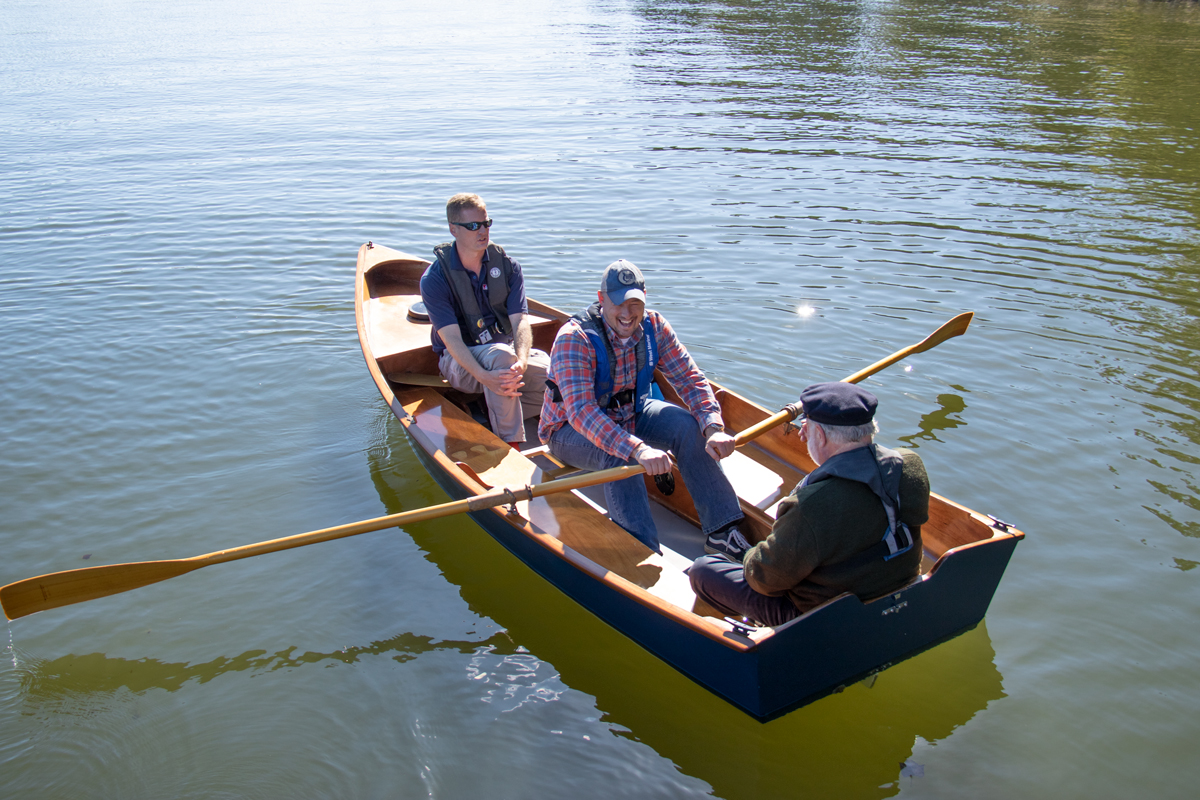
Bevin's Skiff is a good boat in the same general class as the Jimmy Skiff but it has a few important differences. First, it's a foot and a half shorter. As a result it has 75 lbs less less payload capacity. Being shorter, it also has less stability, all other things being equal.
The other big difference is the Bevin's Skiff (seems disrespectful of a nice boat design to use the obvious abbreviation) construction method. It's a tradionally-built boat with clenched nails, bevels, chines, non-epoxy glue, etc. whereas the Jimmy Skiff is a true stitch and glue construct. The kit does not contain any of the solid timber parts (chines, transom, knees, skeg, frames, stem, etc.) or glue, nails, etc. It is only the sides, bottom, "deck" and gussets. Basically it's the big pieces where you need quality plywood that's impossible to get at local DIY store. The JSII kit, on the other hand, is a complete boat with epoxy and fiberglass which is why it costs 3 times as much.
Bevin's Skiff is a timeless design that your great-great-grandparent would feel completely familar with, at least until they noticed the plywood. It's very traditional, at home on any of the North American coastal waterways and, as the picture shows, can be built to an extremely high finish. Properly loaded, it's rowing performance should be within the same ballpark as the JSII.
It's also an open boat without buoyancy tanks. Personally, I'm in the "If not duffers, won't drown" school myself, so a lack of built-in buoyancy doesn't bother me. It's wood, wood floats and I'd have a PFD. Besides, the OP stated that the boat would be used for calm waters.
The final important difference between the two boats is maintenance and longevity. Bevin's Skiff is meant to be painted, not encapsulated with glass and epoxy. Therefore it is more susceptible to water intrusion and damage. The internal chines will also trap dirt and water more than the JSII's smooth glassed fillets. At the very least it will need more frequent inspections than the JSII. If it was my boat, I'd glass the outside bottom and up 2 inches onto the hull, as well as epoxying at least the joints and any exposed end-grain just to reduce the chances of water intrusion.
So the main advantage of Bevin's Skiff over the JSII is for the builder who is (or wants to become) a skilled carpenter, who wants the traditional boat-building experience and doesn't want to (or can't) work with epoxy. They'd end up with a good-looking, boat of a type that countless others have rowed and fished out of and, finished like the one in the picture, they will turn heads at any dock.
Laszlo






